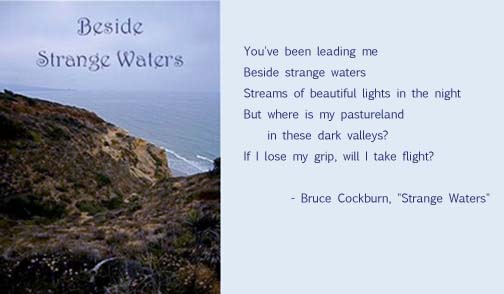 |
| Lung, Biosphere 2, Oracle, AZ. ©2018 Tina Quinn Durham |
A less terrifying but equally fascinating part of the Biosphere 2 tour was its now non-functional lung. Hold on, you say. How can a building have a lung?
Biosphere 2 was designed to be a closed system, illuminated by the sun through 6,500 glass windows. Glass is rigid; it does not freely contract or expand as the temperature changes. So when the morning sun hits those glass windows, 7,200,000 cubic feet of air heat up, expanding far beyond the ability of glass to compensate. When the sun sets, the air inside Biosphere 2 cools and the process reverses. The air inside the building contracts, creating another potential window-shattering catastrophe. That's why the engineers gave Biosphere 2 a way to compensate for dramatic changes in air pressure.
Biosphere's two-towered "lungs" were an ingenious solution. Each tower housed a ginormous metal disk, or membrane, that could rise or fall with the air pressure, relieving stress on the glass walls and keeping Biosphere 2's closed system intact.
These lungs also had a second vital function, which one day may also prove important to the Mars colonists: water collection. At night, as Biosphere 2 cooled, water condensed on the huge membranes of the lung, filling a 200,000 gallon tank with clean water. This stored water could then be used to fight fires or to replace moisture lost to evaporation within the various ecosystems. In a closed system, both fire-fighting and drinking water are vital to survival.
What I found most interesting, however, had nothing to do with fire fighting, water or engineering. The lung room is an awesome echo chamber! I tried to convince my husband to sing a major triad in harmony with me, to create a chord that would reverberate thrillingly throughout the chamber, but my husband would have none of it. He left me to sing alone, human lung to aluminum lung.
I want to go back with a choir!

No comments:
Post a Comment